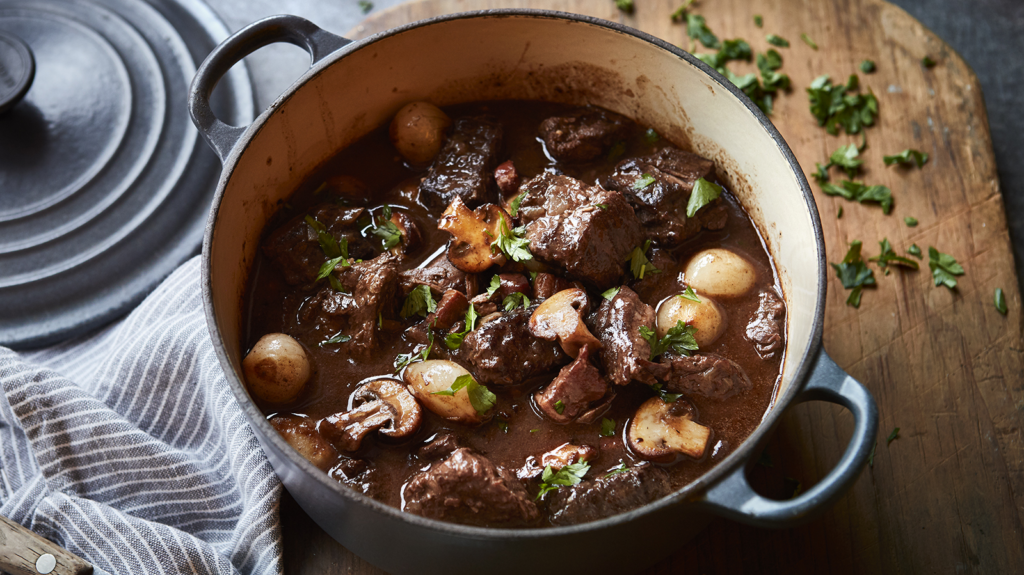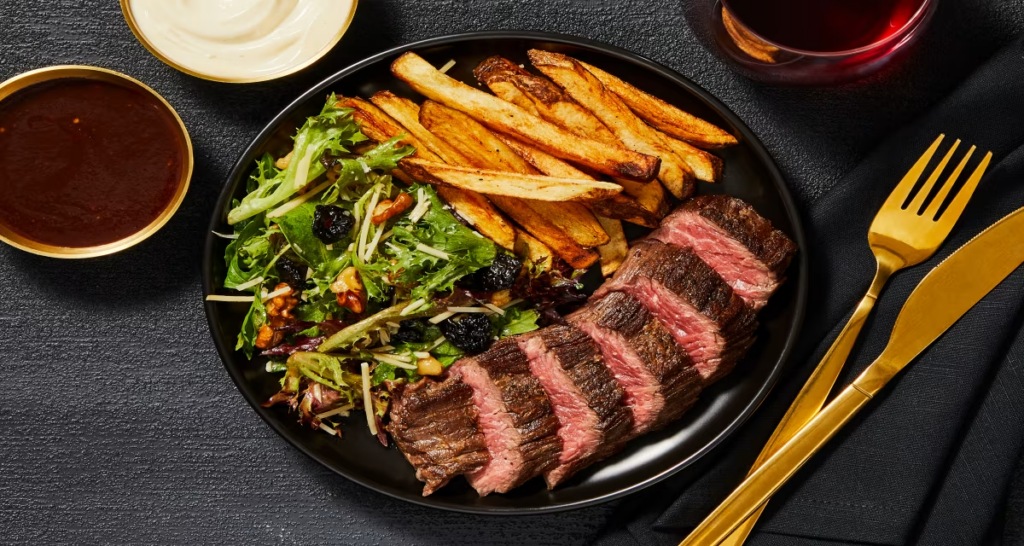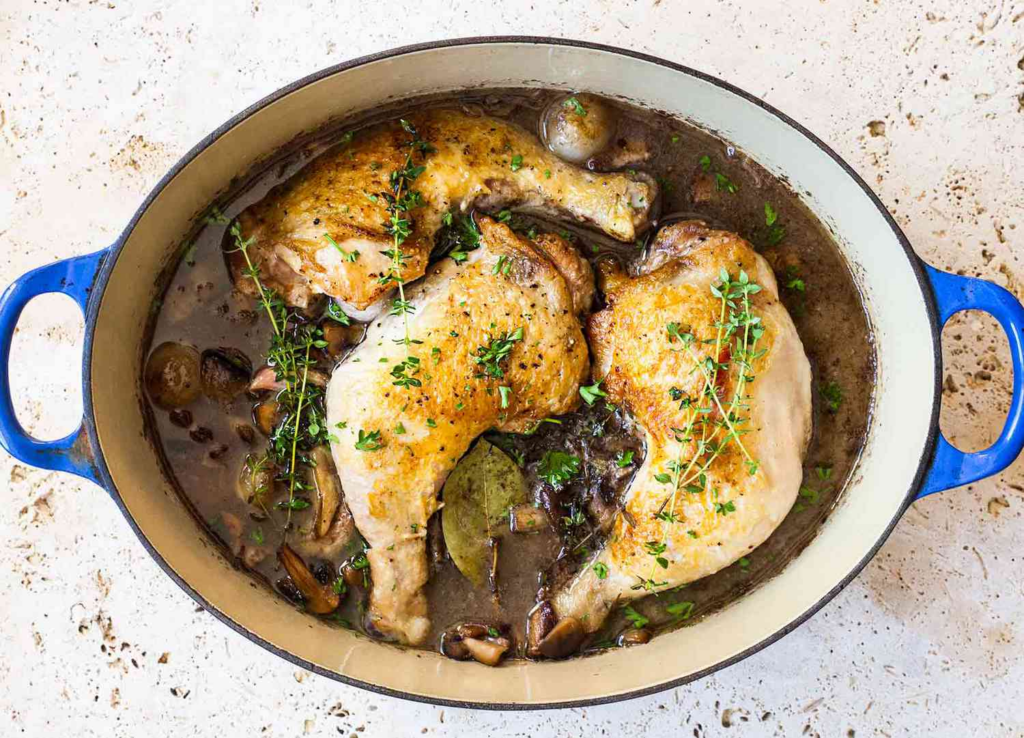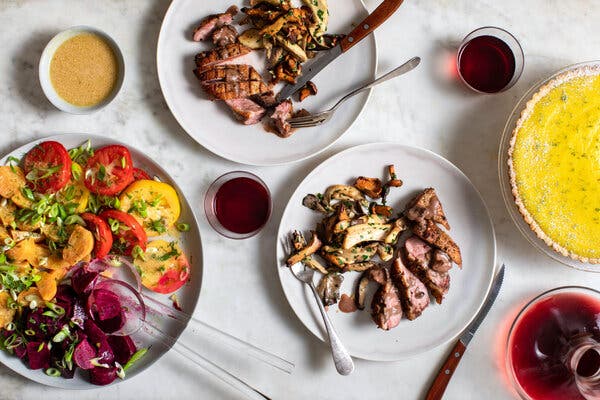Taste is undoubtedly a subjective matter, and what tantalizes one person’s palate may not necessarily excite another’s. However, exploring the techniques and dishes from various world cuisines that have influenced and inspired the culinary landscape can provide valuable insight into the evolution of food. Among the myriad of gastronomic cultures, the French culinary tradition stands out for its exceptional richness and refinement. While every country boasts its local specialties with pride, the French take it to another level altogether. Their culinary heritage is deeply rooted in tradition yet constantly evolving, blending innovation with time-honored techniques to create a culinary experience like no other.
In this article, we delve into the essence of French cuisine by unveiling 11 must-try dishes that epitomize the country’s culinary prowess and cultural significance. From exquisite pastries to hearty stews, each dish tells a story of tradition, craftsmanship, and the sheer pleasure of indulgence. So, join us on a delectable journey through the flavors of France, where every bite is a celebration of culinary excellence.
10 must-try dishes in France
1. Boeuf bourguignon

When it comes to hearty, soul-warming stews, boeuf bourguignon, a classic beef dish hailing from Burgundy, holds a special place. It’s no surprise that this comforting meal is beloved, with a 2017 survey even dubbing it France’s unofficial national dish. Originating from the Middle Ages, it was initially a clever way to tenderize tough cuts of meat. While its roots stretch back centuries, it was Auguste Escoffier who penned the first documented recipe in the early 20th century. Interestingly, Escoffier’s rendition featured a large piece of meat, but it was the innovative Julia Child who popularized the use of cubed beef in her iconic version.
This dish offers a myriad of interpretations, evolving with each chef’s unique touch. Typically, the meat is seared to perfection before being gently simmered in local pinot noir wine, infusing it with rich flavor. It’s not uncommon for the stew to simmer for a day or two, with enthusiasts agreeing that its taste only improves with time. Complemented by simple yet flavorful ingredients like onions, garlic, carrots, potatoes, mushrooms, and fragrant herbs, boeuf bourguignon continues to captivate palates around the world, each rendition adding to its timeless legacy.
2. Steak frites

Ordering a plate of steak frites in a lively Parisian bistro adds a touch of magic to this simple dish. While steak and fries may seem ordinary, when prepared with care, it becomes a culinary masterpiece. This classic French and Belgian fare is often enjoyed alongside a refreshing pint of beer or a glass of wine, making it the perfect choice for a casual bistro dinner.
Traditionally, steak frites features cuts like flank or hanger steak, which are often overlooked in favor of more expensive options. Yet, as Anthony Bourdain eloquently described, French cuisine’s brilliance lies in its ethos of utilizing every part of the animal to its fullest potential. This philosophy ensures that even the humblest cuts shine when prepared with skill and care.
When it comes to ordering steak frites, the only decision you need to make is how you prefer your steak cooked—just don’t ask for it well-done if you want an authentic experience in Paris. Served simply with the chef’s choice of sauce—often béarnaise or hollandaise—and topped with cooked shallots or onions, the steak is a delight for the senses. And let’s not forget about the fries, which range from thick-cut to crispy matchsticks, offering the perfect accompaniment to each savory bite of steak.
3. Bouillabaisse
While France boasts numerous captivating inland cities, its coastal regions offer a unique tapestry of activity, particularly when it comes to culinary delights. One such coastal gem is Marseille, a vibrant port city renowned for its Provençal icon – bouillabaisse. Originating from local fishermen utilizing their day’s catch, this seafood-heavy stew has transcended its humble beginnings to become a revered dish in Provençal cuisine.
At the heart of bouillabaisse lies an array of Mediterranean fish, including esteemed selections such as John Dory, monkfish, and red snapper. Complemented by a medley of ingredients like potatoes, tomatoes, onions, garlic, fennel, and saffron, the stew takes on a rich and flavorful character. Served alongside crispy slices of bread, adorned with either aioli or rouille – a savory sauce crafted from red pepper, garlic, egg yolk, bread crumbs, and fish stock – bouillabaisse offers a symphony of tastes and textures.
As with many cherished culinary traditions, variations in preparation abound. Bouillabaisse can be savored as a hearty one-pot meal or presented in two parts: first, the spicy soup paired with bread, followed by the tenderly cooked fish served within the broth, creating a delightful dining experience steeped in history and tradition.
5. Coq au vin

Another beloved dish hailing from Burgundy, coq au vin features a rooster simmered slowly in a flavorful wine sauce. Similar to beef bourguignon, the wine, often red but sometimes white, works its magic in tenderizing the meat to perfection. The rooster is cut into tender pieces and gently cooked in a pot along with wine, onions, carrots, celery, garlic, mushrooms, and a medley of aromatic herbs like thyme and bay leaves, seasoned with a dash of salt and pepper. For an extra layer of savory goodness, some recipes toss in bacon, adding to the dish’s allure.
Traditionally, the sauce is enriched with the rooster’s blood towards the end of cooking, complemented by a splash of brandy and vinegar to prevent clotting. Nowadays, however, most cooks opt for thickening agents like flour and butter for convenience and accessibility. Plus, given the scarcity of fresh roosters in urban areas, chicken serves as an excellent substitute, reducing cooking time while maintaining the dish’s delightful flavors.
As coq au vin simmers, it develops a luscious sauce that begs to be savored with hearty accompaniments. Whether paired with creamy mashed potatoes, buttery noodles, or a rustic loaf of bread, this dish promises a satisfying dining experience that celebrates the rich culinary heritage of France.
6. Quiche Lorraine

Quiche Lorraine, a beloved dish hailing from France’s Alsace region, is crafted from a few essential ingredients that have stood the test of time. Rooted in a history shaped by alternating German and French influences, this savory delight actually traces its origins back to a 16th-century German recipe. Interestingly, its name, “quiche,” derives from the German word “kuchen,” meaning cake, though it more closely resembles a pie.
Starting with a base of either shortcrust or puff pastry, quiche Lorraine is then filled with a luxurious mixture of cream and egg custard, seasoned with smoked pork lardons and a hint of nutmeg. While some variations incorporate cheese or onions, the essence of this dish lies in its decadent custard enveloped in a flaky, buttery crust. With each bite, the velvety custard melts in your mouth, beautifully complemented by the crispness of the crust.
Quiche Lorraine isn’t just a dish; it’s a comforting meal, especially cherished during the winter months. Pair it simply with a fresh green salad, and you have a nourishing and satisfying culinary experience that transcends borders and time.
7. Cassoulet
French cuisine boasts an array of hearty stews, with cassoulet hailing from the southwest of France standing out as a prime example. Its name is derived from the cassole, a special ceramic dish crafted for cooking over high heat. Legend has it that this dish was first concocted as sustenance for soldiers battling the English army back in the 14th century. Although originally devised for warriors, this savory blend of goose or duck, vegetables, and beans slow-cooked in the oven is a treat fit for anyone’s table.
The beauty of cassoulet lies in its flexibility, as each region and cook puts their own spin on the recipe using local ingredients. From duck confit to pork shoulder, sausage to mutton, the protein choices are varied. Similarly, the types of beans used may vary regionally, though white beans are typically favored. Carrots, onions, and garlic add their aromatic touch to the simmering pot. While cassoulet might not be the first thing on your mind during the sweltering summer months, it certainly provides a comforting embrace on chilly winter evenings, akin to a warm hug from a cherished friend.
8. Cheese soufflé

Though mastering the art of soufflé-making can be daunting for many aspiring chefs, there’s something truly transformative about a perfectly executed soufflé (perhaps not life-altering, but close enough). Originating in the 1700s, this delicate creation didn’t see its recipe documented until a century later. Yet, the reward for overcoming the challenge is immense— the sheer delight of savoring a flawlessly risen soufflé is unparalleled. However, the stakes are high; the slightest misstep could lead to its untimely collapse post-oven. Hence, meticulous attention to detail and technique is crucial.
While soufflés can be crafted with various ingredients, a cheese soufflé reigns supreme in the realm of savory delights. With cheese, typically the esteemed Comté, as the star, complemented by whisked egg whites, butter, milk, and flour, this dish embodies indulgence. Sometimes, a touch of ham is added for an extra savory kick. As it bakes, the mixture magically inflates into a fluffy, cloud-like creation, owing its ethereal texture to the meticulous whisking of egg whites. Once you’ve experienced the perfection of a cheese soufflé, the temptation to indulge in its chocolate counterpart becomes irresistible.
9. Ratatouille

Not only celebrated as the title of a beloved 2007 blockbuster, “Ratatouille” also holds a special place as an iconic dish originating from the sun-soaked south of France. It’s the epitome of summer’s bounty, showcasing a vibrant mix of eggplant, tomatoes, peppers, zucchini, and fragrant herbs. Culinary expert Alex Benvenuto, in conversation with BBC, explains that the heart of ratatouille lies in sautéed vegetables bathed in a savory blend of garlic, onion, and tomato sauce. While undeniably French, Benvenuto highlights the international journey of its key ingredients, which found their way to France from distant lands like America and India centuries ago.
But as with all beloved classics, the story of ratatouille isn’t straightforward, and variations abound. Some renditions feature neatly diced veggies, while others prefer elegant slices or crescents. Contrary to its reputation as a simple one-pot wonder, the true essence of ratatouille demands a meticulous process of cooking each vegetable separately before uniting them in the luscious tomato sauce. Regardless of technique, the ultimate goal remains consistent: a harmonious, not-too-watery stew bursting with the essence of the season’s finest produce.
10. French onion soup
This classic French dish has made its mark on American cuisine, becoming a staple found on menus across the country. While variations have emerged over the years, the recipe we know today dates back to the 17th century. Despite its widespread availability now, French onion soup didn’t gain its popularity until the mid-20th century.
Imagine a steaming bowl of rich onion and meat broth, crowned with a thick slice of crusty bread and generously topped with gooey melted cheese, typically Comté or Gruyère, then baked to perfection. It’s a comforting sight that’s hard to resist, especially when the golden cheese bubbles temptingly over the bread submerged in the savory broth. For those seeking solace from a night of revelry or simply craving a hearty meal, French onion soup has long been touted as a go-to choice.


